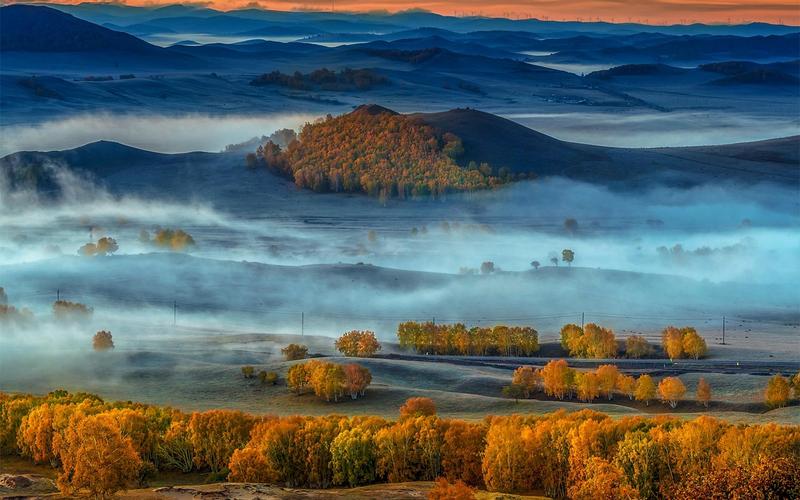The Ultimate Guide to Ice: Types, Formation, and Characteristics
Ice is a fascinating substance that has intrigued mankind for centuries. It is a crucial component of our ecosystem, and serves as a symbol of purity and clarity. Several factors are responsible for the formation and characteristics of ice, which can vary depending on the temperature, pressure, and environmental conditions. In this article, we will explore the types of ice, what contributes to its formation, and the unique qualities that make it such an interesting topic.
Types of Ice
Ice can manifest in various types, including:
1. Snow Ice: This form of ice is created by the compression of snow. As the layers of snow grow thicker under the pressure, the snowflakes start to form into solid ice crystals.
2. Glacier Ice: Glacier ice is formed when snowflakes accumulate over thousands of years, which creates pressure and changes the snow’s structure into a dense, hard ice mass.
3. Pack Ice: This kind of ice is created when the ocean’s surface temperature drops below freezing, which causes floating seawater to freeze.
4. Sea Ice: This is a wide term referring to ice that is formed on the sea surface, either through the freezing of seawater or the compaction of thick snow layers.
5. Iceberg: An iceberg is a massive piece of ice that has broken off from a glacier and fallen into the sea. They can reach up to several hundred meters above water and can last for years.
Formation of Ice
The formation of ice is determined by several factors, including:
1. Temperature: Ice is created when the temperature drops below zero degrees Celsius. The colder the temperature, the faster the ice will form.
2. Humidity: Ice forms faster in areas with low humidity since cold air can store less moisture.
3. Air Pressure: Atmospheric pressure influences the formation of ice, as it can affect the temperature at which water freezes.
4. Water Salinity: Seawater contains dissolved salts, which lowers the freezing point of water, meaning that ice forms at a lower temperature than freshwater.
Characteristics of Ice
Ice possesses certain characteristics that make it a fascinating substance to study:
1. Crystal Structure: The molecule structure of ice is unique, as its molecules are arranged in a hexagonal pattern, which creates a lattice structure.
2. Brittle: Ice is a brittle substance that can break easily under stress.
3. Reflective: Ice is a highly reflective material that can reflect light and act as a mirror.
4. Translucent: Ice can become a translucent substance as light passes through it, and its crystals refract the light’s colors.
Conclusion
Ice is a remarkable substance that can be found in various forms across the world’s different environments, from glaciers to sea ice and snow. The creation of ice is influenced by many factors, such as temperature, air pressure, and water salinity. Understanding ice’s characteristics can help us appreciate its beauty and significance in our world. Whether you’re a scientist or simply a curious individual, the ultimate guide to ice provides an overview of ice’s types, formation, and characteristics making it an essential topic to learn about.
(Note: Do you have knowledge or insights to share? Unlock new opportunities and expand your reach by joining our authors team. Click Registration to join us and share your expertise with our readers.)
Speech tips:
Please note that any statements involving politics will not be approved.
